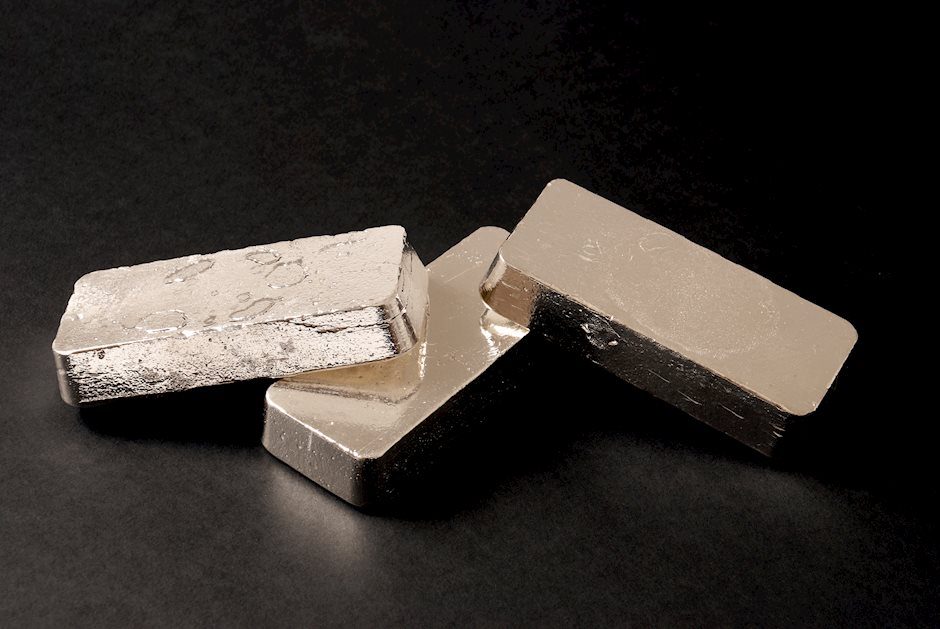Silver Price Forecast: XAG/USD advances to near $31.50 due to safe-haven flows
- Silver price receives support from safe-haven flows amid rising Middle-East conflict.
- Israel has announced a “limited” ground operation targeting Hezbollah positions in the southern Lebanon border region.
- Fed Chair Powell indicated that any forthcoming rate cuts are expected to be modest, reducing the appeal of non-yielding Silver.

Silver price (XAG/USD) snaps its two-day losing streak, trading around $31.40 per troy ounce during Tuesday’s European session. Silver prices receive support from safe-haven flows amid rising geopolitical tensions in the Middle East.
Israel has announced a “limited” ground operation targeting Hezbollah positions in the southern Lebanon border region, with troops crossing into the area, according to local news agency Al Jazeera. In addition, Israeli warplanes launched extensive airstrikes on southern Beirut after civilians were instructed to evacuate. On Monday, Israeli attacks in Lebanon resulted in the deaths of at least 95 people.
However, the prices of Silver received downward pressure following the recent remarks from the Federal Reserve (Fed) Chairman Jerome Powell. Powell said the central bank is not in a hurry and will lower its benchmark rate ‘over time.’ He added that the recent 50 basis point interest rate cut should not be seen as an indication of similarly aggressive future actions, noting that upcoming rate changes are likely to be more modest. Prolonged higher interest rates make non-yielding Silver less appealing to investors seeking more attractive alternatives.
Silver prices have been under pressure due to weaker-than-expected demand growth in China, exacerbated by data showing a decline in manufacturing activity. On Monday, China’s Caixin Manufacturing Purchasing Managers' Index (PMI) fell to 49.3 in September, indicating a contraction, down from 50.4 in August. Given China’s position as one of the world's largest manufacturing hubs, the country's industrial demand for Silver is substantial, making these demand concerns particularly impactful.
Silver FAQs
Silver is a precious metal highly traded among investors. It has been historically used as a store of value and a medium of exchange. Although less popular than Gold, traders may turn to Silver to diversify their investment portfolio, for its intrinsic value or as a potential hedge during high-inflation periods. Investors can buy physical Silver, in coins or in bars, or trade it through vehicles such as Exchange Traded Funds, which track its price on international markets.
Silver prices can move due to a wide range of factors. Geopolitical instability or fears of a deep recession can make Silver price escalate due to its safe-haven status, although to a lesser extent than Gold's. As a yieldless asset, Silver tends to rise with lower interest rates. Its moves also depend on how the US Dollar (USD) behaves as the asset is priced in dollars (XAG/USD). A strong Dollar tends to keep the price of Silver at bay, whereas a weaker Dollar is likely to propel prices up. Other factors such as investment demand, mining supply – Silver is much more abundant than Gold – and recycling rates can also affect prices.
Silver is widely used in industry, particularly in sectors such as electronics or solar energy, as it has one of the highest electric conductivity of all metals – more than Copper and Gold. A surge in demand can increase prices, while a decline tends to lower them. Dynamics in the US, Chinese and Indian economies can also contribute to price swings: for the US and particularly China, their big industrial sectors use Silver in various processes; in India, consumers’ demand for the precious metal for jewellery also plays a key role in setting prices.
Silver prices tend to follow Gold's moves. When Gold prices rise, Silver typically follows suit, as their status as safe-haven assets is similar. The Gold/Silver ratio, which shows the number of ounces of Silver needed to equal the value of one ounce of Gold, may help to determine the relative valuation between both metals. Some investors may consider a high ratio as an indicator that Silver is undervalued, or Gold is overvalued. On the contrary, a low ratio might suggest that Gold is undervalued relative to Silver.
Author

Akhtar Faruqui
FXStreet
Akhtar Faruqui is a Forex Analyst based in New Delhi, India. With a keen eye for market trends and a passion for dissecting complex financial dynamics, he is dedicated to delivering accurate and insightful Forex news and analysis.

















